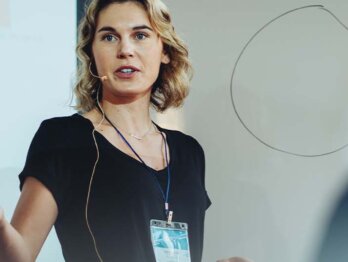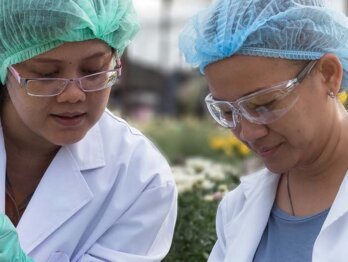Circular Economy Society: Cooperative project between Business Finland and NISTEP

Description
Since 1971, large-scale science and technology foresight surveys have been conducted roughly every five years in Japan. These surveys are designed to gain a picture of what S&T will look like in the future. NISTEP (Japanese National Institute of Science and Technology Policy) has been implementing these surveys since the fifth survey in 1992.
Business Finland and NISTEP have a long-standing relationship for foresight collaboration. In September 2019 this collaboration continued with a project focusing on emerging circular economy, recognising its growing global importance and impact. The purpose of this project was to share research methodology, results and compare the findings in both countries, and to eventually identify fields for mutual future innovation collaboration between Japan and Finland.
Objectives and impacts
The project had several goals. Primarily, Business Finland and NISTEP wanted to share research methods, knowledge and results and to compare the findings in both countries, and eventually to identify fields for mutual future collaboration between Japan and Finland. The project set out to foster a model for international foresight collaboration where both organisations can achieve a deeper understanding of developing technology, innovation and business fields and so improve their readiness to shape the market.
Design
Business Finland set the process in motion by conducting an extensive pilot Delphi survey, a method traditionally used by NISTEP in its foresight process to formulate science and technology plans.
In Japan, the Science and Technology Foresight Survey has been carried out approximately every five years since 1971, and this is the 11th such survey. In response to changes in the direction of science and technology innovation policy around the turn of the millennium, the focus was shifted from describing the future of society based on science and technology developments to finding the necessary science and technology that would help to bring about the desired kind of society.
These surveys adopted the dual perspective of science and technology, on the one hand, and society, on the other, reflecting the complex relationship between the two. After reviewing science and technology and social trends based on a study of reference materials, NISTEP conducted separate investigations into “the future image of society (future image of the society we desire)” and “the future image of science and technology (medium- to long-term outlook for science and technology development)”. Finally, it investigated “the future image of society through science and technology development” and extracted cross-disciplinary areas. The time horizon was set at the approximate 30-year point of 2050, with the target year set at 2040, some 20 years ahead. This outlook period assumes the progress of the ultra-smart society Society 5.0 initiative.
Impacts
A comparison of the results in the two countries highlighted the importance of dialogue and joint reflection on differences between the two sets of results. The project strengthened the methodological capacities of both organisations and improved their ability to take advantage of long-term opportunities and build tools for continued international collaboration in foresight.
The jointly executed Delphi study provided a comprehensive understanding on what are the Japanese and Finnish views on the emerging technologies related to circular economy. This is very interesting and valuable in itself. However, the full benefits of this project will only be realised when this information is put to use in the creation of a shared vision and roadmap for the two countries. Such forward-looking activities are necessary in order to capitalise on the emerging opportunities. Japan and Finland currently have an excellent understanding of these emerging opportunities and consider this project an opportunity to move forward together.
Reflections and evaluation
NISTEP’s questionnaire provided a strong basis for comparing the insights from Japan and Finland. From a Finnish point of view, it was considered important to make this a recurring process, provided that it is complemented with other methods. This would create greater exposure for the process in Finland and help to engage larger numbers of respondents. Furthermore, localising the questions to fit the Finnish environment was deemed beneficial. Finnish experts said they would also appreciate the opportunity to influence the choice of technologies assessed in the questionnaire.
In Finland an additional focus was to identify jointly relevant areas of collaboration within the circular economy field. Potentially the method can point to areas that are considered important for building future society, in this case a circular society, and by showing the differences in competitiveness between the countries. The achievement of a circular society is much closer if more advanced technologies and business models can be shared through innovation collaboration and if the results can be put to good use in both countries.
As the Delphi method did not provide sufficient support to this end, the project was extended to include expert group evaluations. In the next stage these areas will need to be processed in more detail with a view to creating a concrete roadmap.
By combining dialogue between researcher evaluations (Delphi) and business experience, foresight can move towards more actionable insights.
Further information
This case study is drawn from the report “Foresight for our Circular Economy Society: Cooperative Project between Business Finland and NISTEP”, published in June 2020.
Further reference is made to information about NISTEP’s foresight activities.



